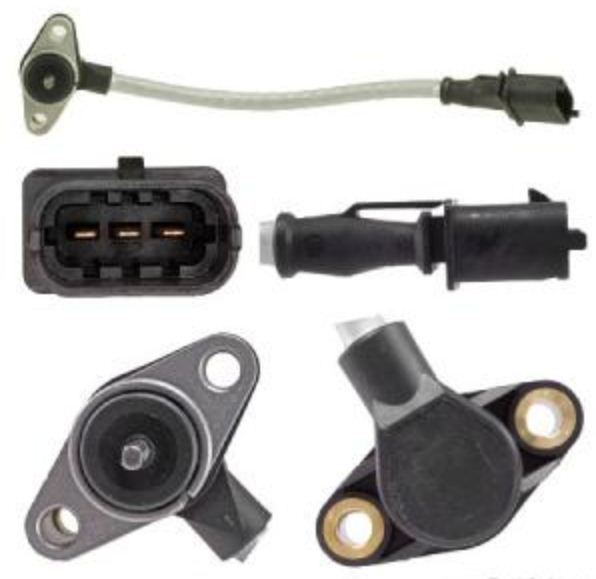Questiona 2000 discovery v-8 my boss changed the senser in the winter and it would not start I told him I like to fool around with cars and he let me bring it home what I did was take the senser back off and took a mirror and looked up in the housing it looks like a piece is missing. the shaft on the new senser is way smaller then the the piece up in the housing could a piece have fallin out I cannot find a picture of the inside of the housing if you could help I would be thankful brewster
Answer
 CKP and harness connec
CKP and harness connec
Hi Dave,
highly unlikely that the tip broke off. I don't have any pics of the inside of the CKP housing but I do have pics of the sensor itself, if that will help.
NOTES FROM WORKSHOP MANUAL:
The CKP sensor is located towards the rear of the engine below cylinder number 7, with its tip adjacent to the outer circumference of the flywheel. The CKP sensor is the most important sensor on the vehicle and without its signal the engine will not run. The signal produced by the CKP sensor allows the ECM to determine crankshaft angle and speed of rotation. The ECM uses this information to calculate ignition timing and fuel injection timing.
The CKP sensor works as a variable reluctance sensor. It uses an electromagnet and a reluctor ring to generate a signal. As the reluctor ring passes the tip of the CKP sensor the magnetic field produced by the sensor is cut and then re-instated. The ECM measures the signal as an ac voltage. The output voltage varies in proportion to engine speed. The reluctor ring has a set tooth pattern, 60 teeth are spaced at 6 intervals and are 3 wide, two teeth are removed to provide a reference mark at 60 BTDC for number 1 cylinder.
There is no back up strategy or limp home facility if this sensor fails, the engine does not run.
Also note that the camshaft position sensor also impacts ignition, in case you didn't know.
I'll try to attach a pic to compare to the sensor you've pulled.
Best of luck,
JohnMc
